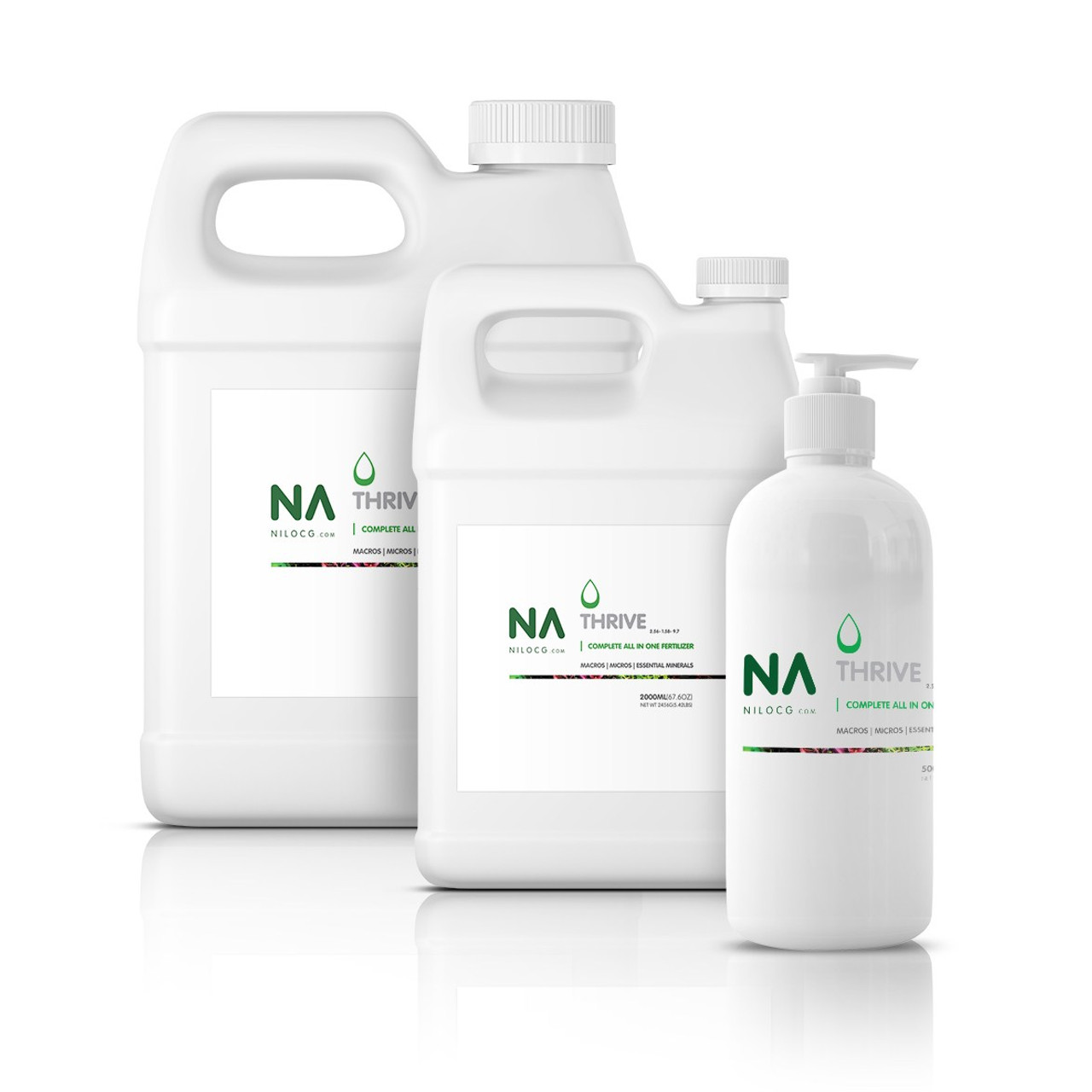Importance of Photosynthesis to Successful Keeping of Live Aquarium Plants.
Posted by Artur Wlazlo on 21 Sep 2019
Let’s talk about live aquarium plants’ biology. Specifically, we will cover the process of photosynthesis. Yes, we know, this topic may seem a little bit dry but actually is rather important to the successful keeping of aquarium plants.
All plants, including aquarium plants, are so-called producers. In other words, with very few exceptions (think carnivorous plants), they do not consume other organisms to grow. They get the necessary nutrients through the process of photosynthesis. The process of photosynthesis allows plants to extract energy from sunlight (or aquarium lighting), carbon dioxide and water. The waste product of the photosynthesis process, which might seem somewhat counterintuitive, is actually oxygen which the plants release into the water.
Interestingly, plants have little control over the rate at which the process of photosynthesis occurs. Instead, external factors such as light, carbon dioxide, availability of nutrients (e.g. fertilizers or fish waste) and temperature have major influence over the rate of photosynthesis. In an aquarium, it is you - the aquarist - who controls these variables and ultimately influence the plant’s growth. This is why every aquarist who wants to successfully keep and grow aquatic plants should have at least rudimentary understanding of photosynthesis and the factors that impact it.
 We will briefly describe the interplay between photosynthesis and the factors that influence it, including light, carbon dioxide, temperature and nutrients. We will cover these factors in much greater detail in our subsequent blogs about husbandry of live aquarium plants.
We will briefly describe the interplay between photosynthesis and the factors that influence it, including light, carbon dioxide, temperature and nutrients. We will cover these factors in much greater detail in our subsequent blogs about husbandry of live aquarium plants.
LIGHTING. Light is absolutely necessary for photosynthesis. Without it, your aquarium plants will not photosynthesize
and will die. The length and intensity of light will impact the rate of photosynthesis. The longer you leave the lights on and the more intensely they shine, the higher the rate of photosynthesis, resulting generally in a higher rate of growth of your aquatic plants (assuming availability of other necessary factors like nutrients).
CARBON DIOXIDE CO2. Aquarium plants obtain carbon dioxide or CO2 from the water and even substrate (fish exhale O2 and breakdown of food or fish poop also contributes to CO2 in water). The plants that grow out of water can get carbon dioxide from the air where it is actually more plentiful. In many cases, stunted plant growth is caused by the lack of sufficient amount of CO2 in the aquarium water. For this reason, in order to maintain a healthy plant growth in heavily planted tanks or tanks with fast growing aquarium plants, it is recommended to supplement CO2 by injecting it directly into the aquarium water.
WATER TEMPERATURE. Like with fish, an increase in water temperature will increase both the plant’s rate of photosynthesis and metabolism. In short, the warmer the temperature of the water, the higher the rate of photosynthesis and metabolism of the plant which, in turn, means higher requirements for nutrients/fertilizers and CO2.
NUTRIENTS AND FERTILIZERS. Aquarium plants require nutrients for the process of photosynthesis. In an aquarium, plans uptake nutrients either from the water column or from the substrate in which they are planted. Fortunately, aquarists have many options to satisfy their aquarium plants’ nutritional needs. There are liquid fertilizers like Thrive All In One Liquid Plant Fertilizer, root tabs and nutritiously rich gravels. With proper use of these products, your plants should never go “hungry.”
 OXYGEN (WASTE BYPRODUCT). During photosynthesis and through respiration aquatic plants release oxygen into the aquarium water. That’s actually very good for a tank housing aquarium fish because fish utilize oxygen to breathe and respire CO2. During daylight, fish and plants have a perfectly symbiotic relationship in terms of satisfying their respective respiratory needs. Importantly, however, plants stop photosynthesizing at night but their respiration continues. Except that, at night, aquatic plants will use up oxygen and release CO2 into the water. Because other tank inhabitants in the aquarium - fish and bacteria - also use up oxygen, in a very heavily planted aquarium, an aquarist must ensure that oxygen levels do not drop to dangerously low levels at night. A simple solution is to add some aeration which will increase levels of oxygen during the periods of darkness.
OXYGEN (WASTE BYPRODUCT). During photosynthesis and through respiration aquatic plants release oxygen into the aquarium water. That’s actually very good for a tank housing aquarium fish because fish utilize oxygen to breathe and respire CO2. During daylight, fish and plants have a perfectly symbiotic relationship in terms of satisfying their respective respiratory needs. Importantly, however, plants stop photosynthesizing at night but their respiration continues. Except that, at night, aquatic plants will use up oxygen and release CO2 into the water. Because other tank inhabitants in the aquarium - fish and bacteria - also use up oxygen, in a very heavily planted aquarium, an aquarist must ensure that oxygen levels do not drop to dangerously low levels at night. A simple solution is to add some aeration which will increase levels of oxygen during the periods of darkness.
Understanding photosynthesis in aquarium plants and the factors that influence it is critically important to successful keeping of live aquarium plants. Unlike in nature, an aquarist is responsible for providing all the necessary ingredients - and in the right balance - to ensure that the photosynthesis process is optimized for robust and healthy aquatic plant growth.




